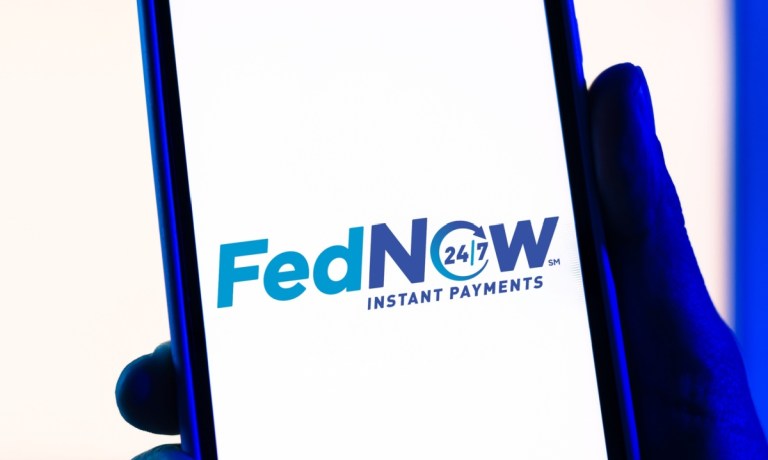At this writing, at least in the U.S., interest is high among firms and consumers when it comes to instant payments. PYMNTS Intelligence found earlier this year that, as detailed in the report “Are Challenges Still Holding Back Instant Payments Adoption in the US?,” 68% of businesses see themselves using instant payments via RTP or the FedNow® Service in the next two years.
As of this month, the central bank said there were a bit more than 1,000 financial institutions (FIs) participating with the FedNow Service. The Clearing House’s site lists more than 600 participating FIs. In the third quarter of this year, the RTP® network quarterly payment activity notched 7% volume growth and a 27% value increase, year over year, to a respective 87 million transactions and $69 billion (FedNow volumes and other stats have not yet been released).
But: There are more than 11,600 FIs in the U.S., which indicates how relatively muted the embrace of instant payments has been. Roughly a third of banks surveyed by PYMNTS Intelligence have said that they believe their legacy systems may not be able to handle the demands of instant payments.
And fraud, not surprisingly, is a key concern. In fact, 36% of FIs admit they do not know how to handle refund requests from victims of authorized transaction fraud. In a twist on the old saying about gift giving, for the FIs it may be better to receive that give, at least for the time being: In one study by the Faster Payments Council, as many as 70% to 80% of FIs in the U.S. estimate they will be able to receive instant payments by 2028; roughly half of that percentage say the same about sending instant payments.
The promise is there: In an interview with Karen Webster, Ingo Payments CEO Drew Edwards said that “an instant push into a consumer’s bank account — whether it’s through the card or through RTP or FedNow — is a better experience than cash.”
Advertisement: Scroll to Continue
Where the Liability Lies
The debate over liability continues, and uncertainty tends to breed hesitation, especially over authorized push payments (APP) fraud. In the U.K., the liability has been brought onto the banks and the payments firms. As of last week, these organizations will be required to reimburse the victims of APP up to £85,000 ($111,000). The banks can place a four-day hold on transactions that seem suspicious.
As introduced in the Senate over the summer, the Protecting Consumers From Payment Scams Act, banks would be on the hook to reimburse customers for fraudulent transactions even in the event that those person-to-person (P2P) transactions had been authorized by the consumer.
There’s recognition that advanced tech can help address faster fraud, especially as open banking takes off. PYMNTS Intelligence, as detailed here, shows that while many FIs still use in-house teams to develop fraud prevention tools, advanced artificial intelligence (AI) and machine learning (ML) technologies beckon.
The headwinds facing the banks may take a while to abate — where initial trust in instant payments is tied to various ecosystems/use cases when parties are distinctly known to each other. But as technologies advance, and risk management matches the speed of the payments themselves, comfort will increase, though it may take a while.
On average, FIs develop 48% of the technologies they use to combat fraud in-house, such as customer transaction alerts. Meanwhile, only 14% of FIs develop fraud-fighting AI and ML technologies in-house due to the costs and expertise involved. But as AI and ML become the standard tools for advanced fraud protection, 70% of FIs will rely on third-party solutions to leverage ML, AI and fraud scores provided by payment processors.




